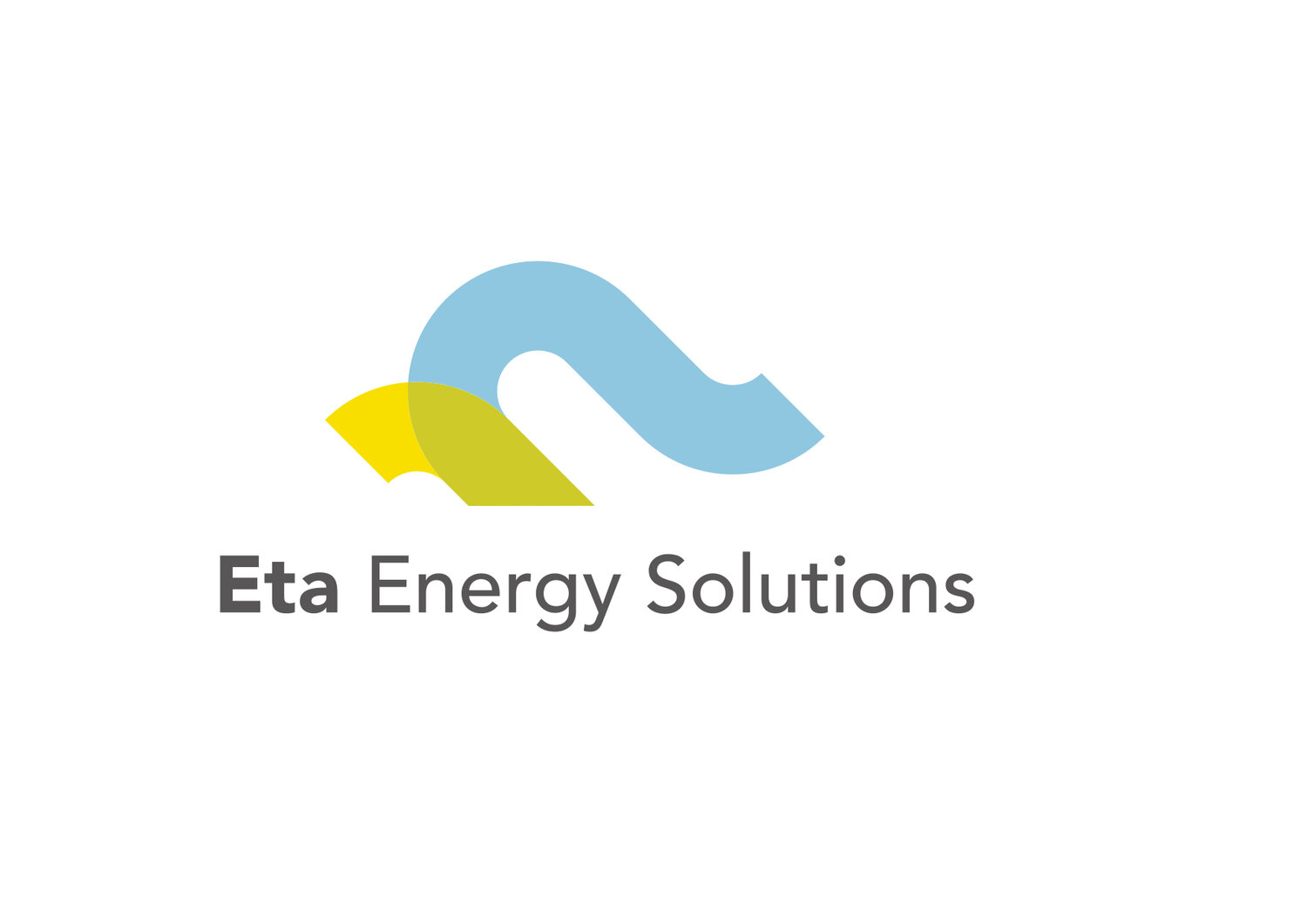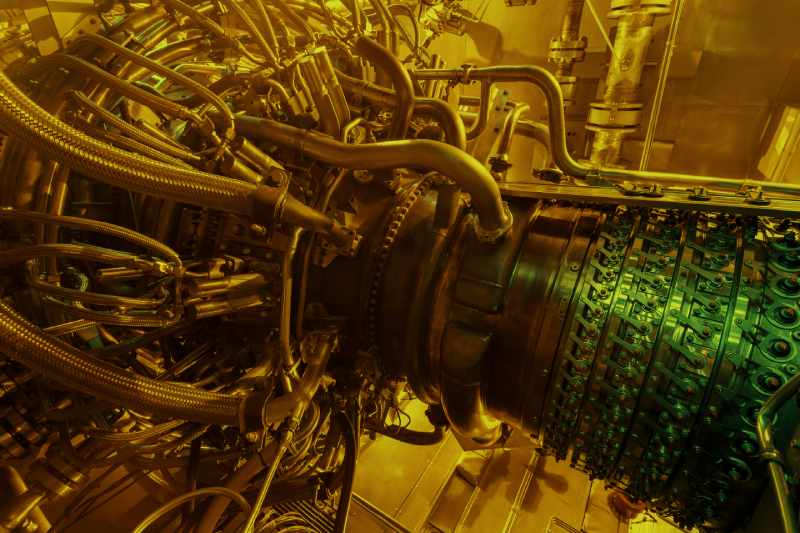7 Steps to Resolve Suboptimal Performance of Centrifugal Compressors - Part 1
Having previously described the causes and effects of the suboptimal operation of centrifugal compressors deployed in oil and gas applications, I thought it would be great this week to begin to look at some key steps we can take towards resolving the issues previously highlighted. I recommend 7 steps that I have found helpful in assisting clients to resolve suboptimal operation of gas compression equipment. This is not an exhaustive list and I am sure some of us can add to this, feel free to add your suggestions in the comments below.
This week, I look at the first three of the steps I recommend and they are listed below:
Understand the Overriding Objectives: This sounds like an obvious one but it is easily lost in translation. There is a saying that when the purpose is not known, abuse is inevitable. So the question to answer here is – why are we undertaking this exercise in the first place? What are we trying to resolve? What are the key drivers for this work? Are we trying to improve production or to improve availability? Are we trying to create capacity to tie in new fields or trying to fulfill new environmental legislation? Is the project driven by safety and integrity concerns or are we trying to extend the life of the asset beyond the initial design life or resolve some obsolescence issue?
These questions need to be carefully thought through, and the resulting objectives documented and made highly visible to all concerned (internal teams, engineering consultants, contractors, OEMs, etc). The answers we give to these questions will determine how we choose to undertake the subsequent steps. The answers will also determine which department or budget pays for the work. For example, I recently undertook some work in which for a long period of time it was initially unclear which budget would pay for it between the brownfield projects and operation/maintenance. The overriding objectives of the work should not just be defined at the start but should be kept consistent and made visible throughout the implementation of all steps I describe in this article.
Gather and Review Relevant Information: Once you have framed the key objectives for the work, you will need to begin the process of relevant data and information gathering. These are the kinds of jobs a lot of us do not want to get involved in as it is often regarded as boring, laborious, and monotonous. This step is however an important one and will determine the quality of all subsequent work done. It is important for this step that the project is well-staffed as this can often be a time-consuming process. This data-gathering exercise will involve digging into the firm’s document control systems and archives to fish out relevant design, operational, and maintenance records. This will include datasheets, manuals, specifications, DCS/historian records, and logbooks.
The information gathered here should be shared with the key stakeholders helping to frame the project – internal teams, engineering consultants, etc. They will then review the information and begin to build a “picture” of the gas compression and associated systems which will provide a good platform for investigating the performance issues. For some legacy oil and gas producing assets, this information-gathering exercise can often be extremely difficult or near impossible because very often the data has been lost in transition between the different historical owners/operators of the asset. Also, for some of these assets, the required data existed at a time when electronic storage of data was not commonplace and as such have therefore been lost with time.
Carry out a Design Analysis & Review: Once the relevant design data, drawings, datasheets, and manuals around the centrifugal compressors have been made available, design analysis and review of the gas compression equipment and other ancillary process equipment should be carried out. The objective here is to understand the as-designed and as-installed performance and key design parameters of the equipment. In carrying out this step, you would be looking for any indications from the original design or the design following any historical revamp that makes the gas compression system easily susceptible to suboptimal performance or failures. You would also be establishing what the equipment was originally designed to do and comparing this with the existing operation to determine if its current operation is significantly off-design. Finally, you would be looking into any constraints in the existing design and configuration that could limit or define what strategy you are able to deploy in order to resolve the issues.
These initial three steps provide a good platform, setting you up to begin to unravel the solutions that will help you resolve the suboptimal performance of your centrifugal compressor equipment.
Next week we look at the final four steps. Have a great weekend!

